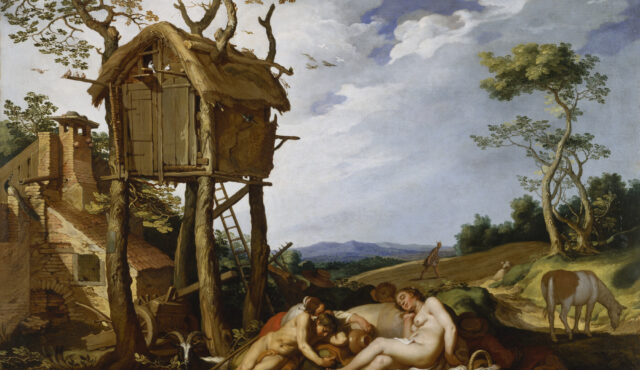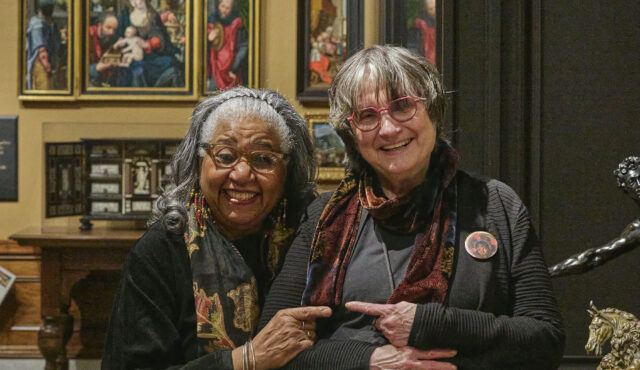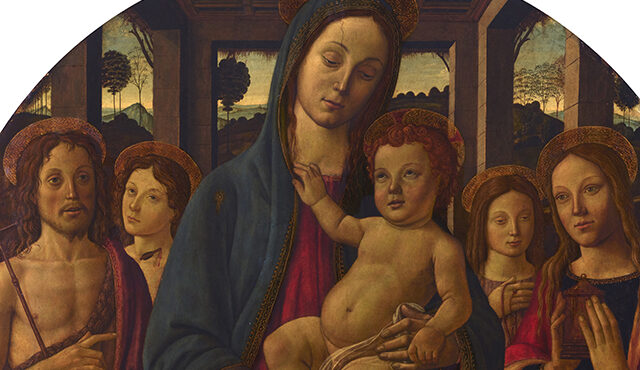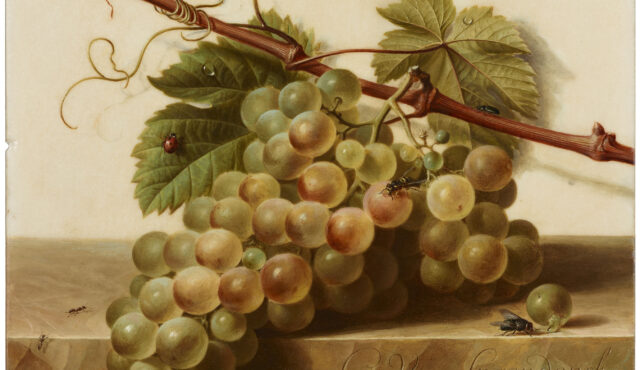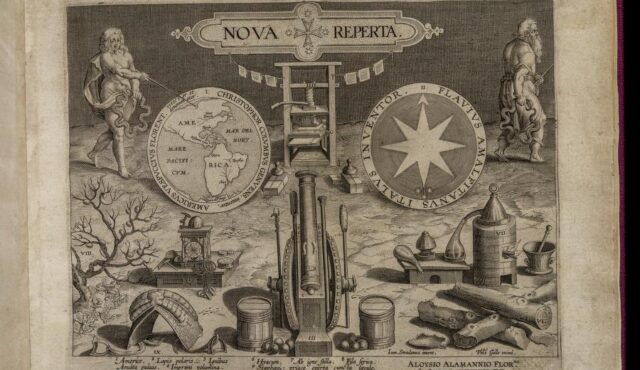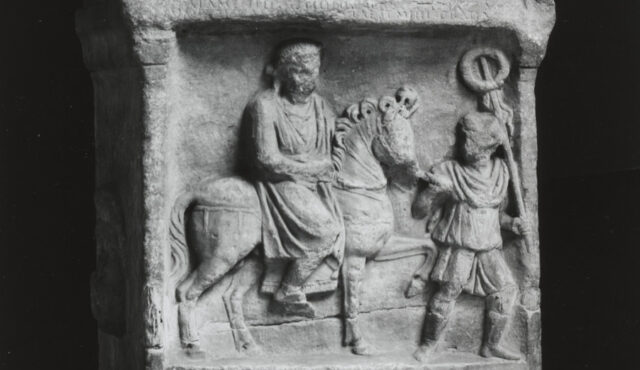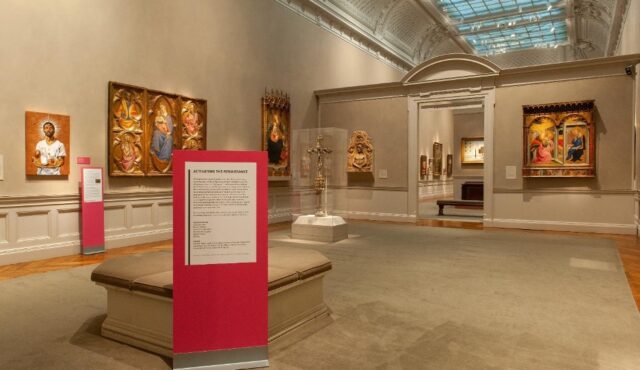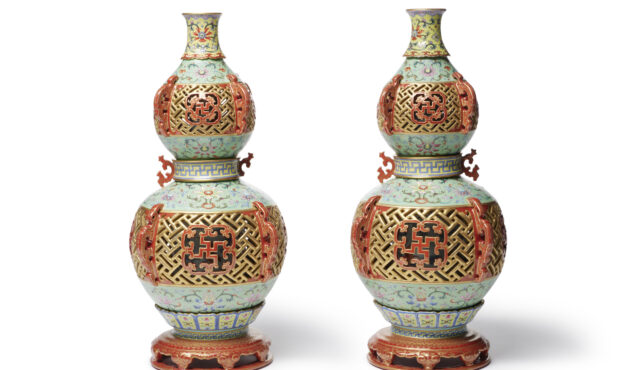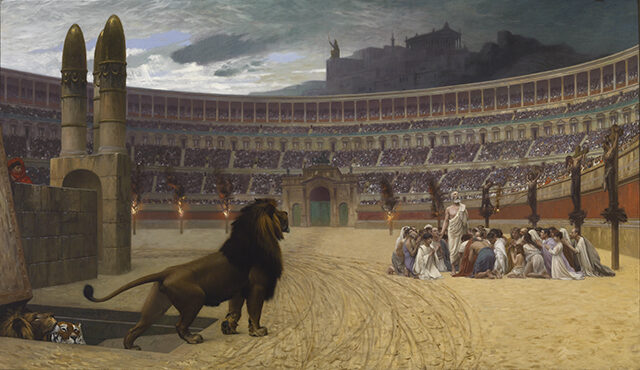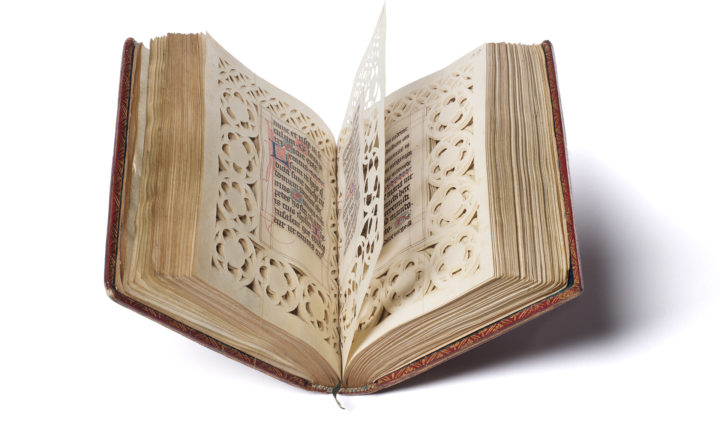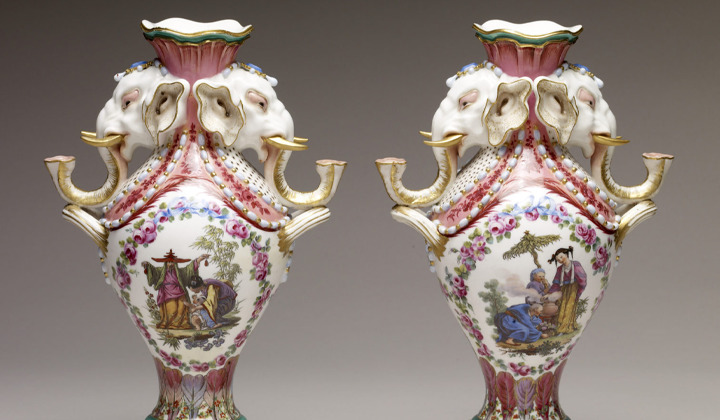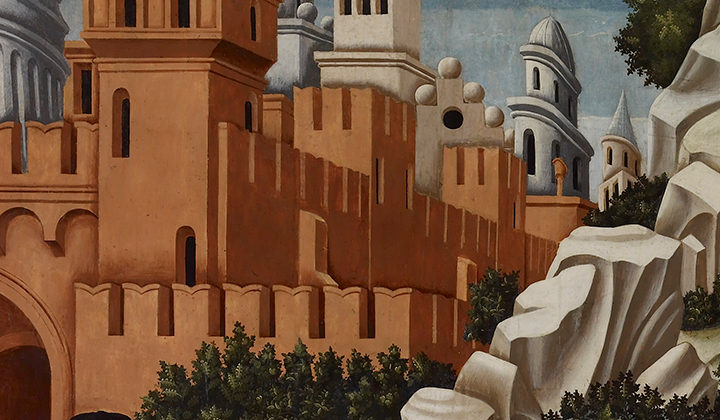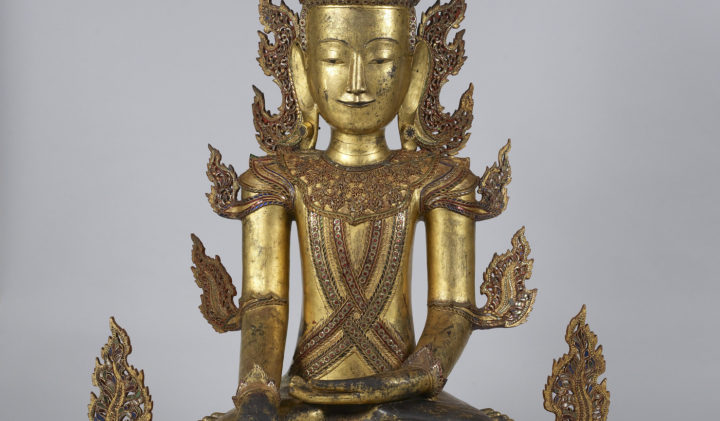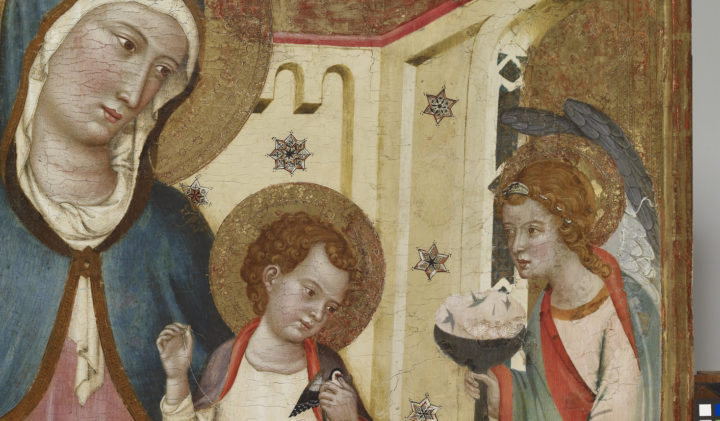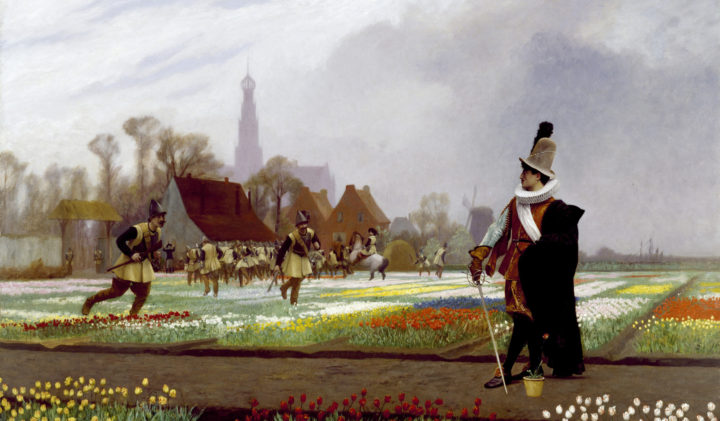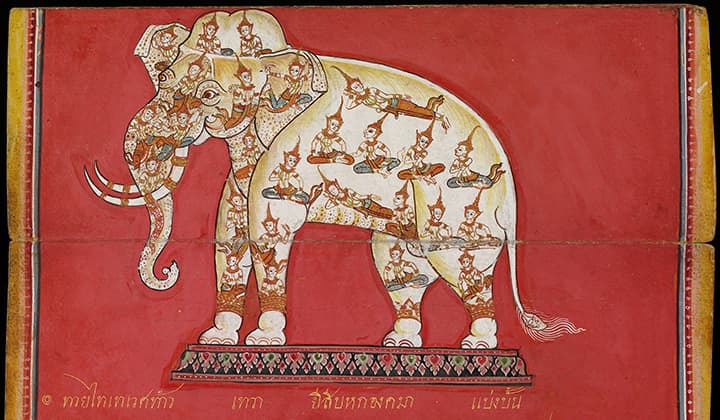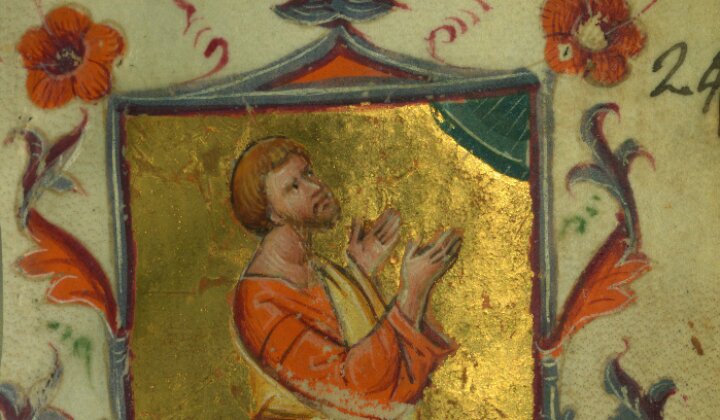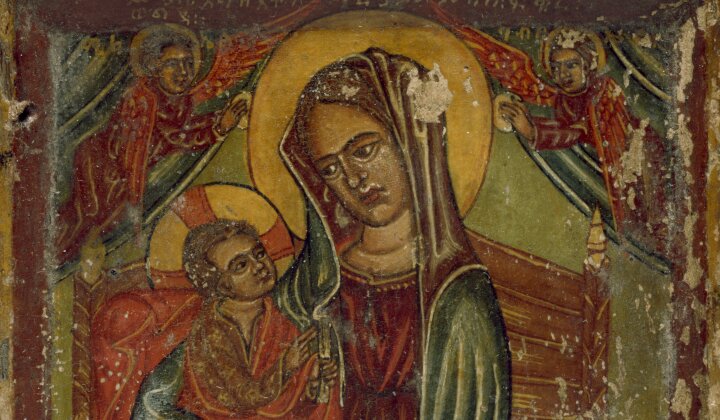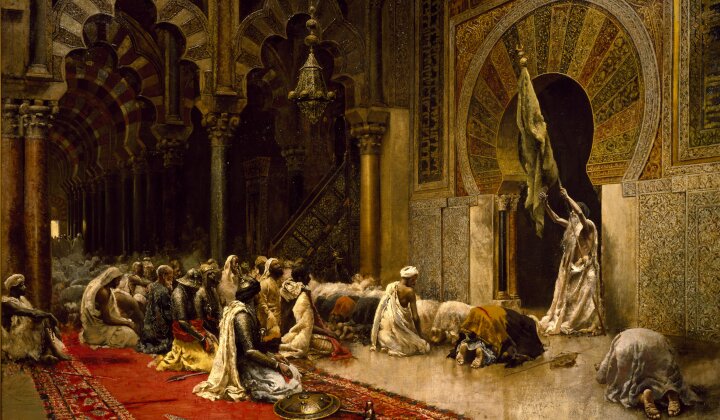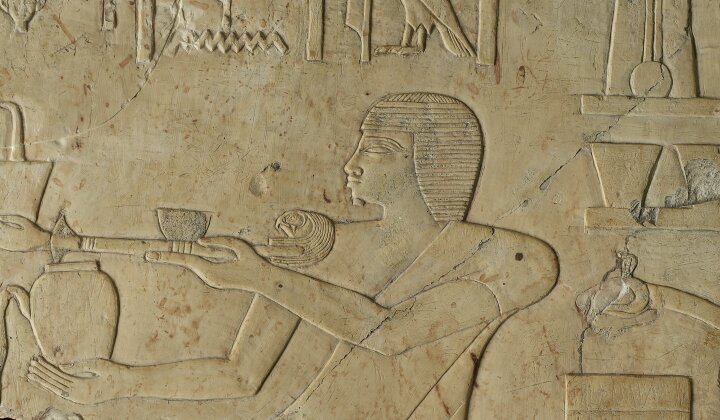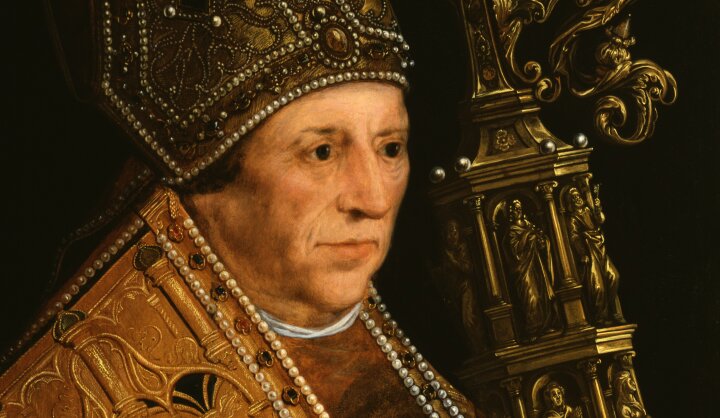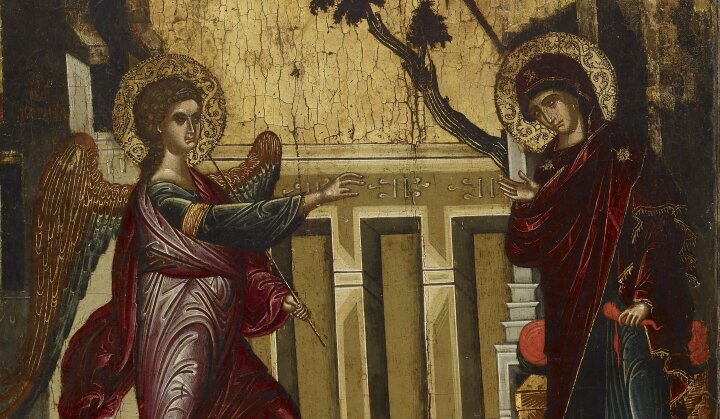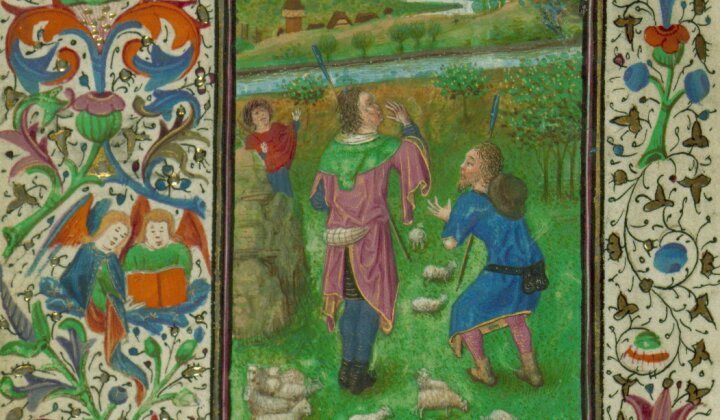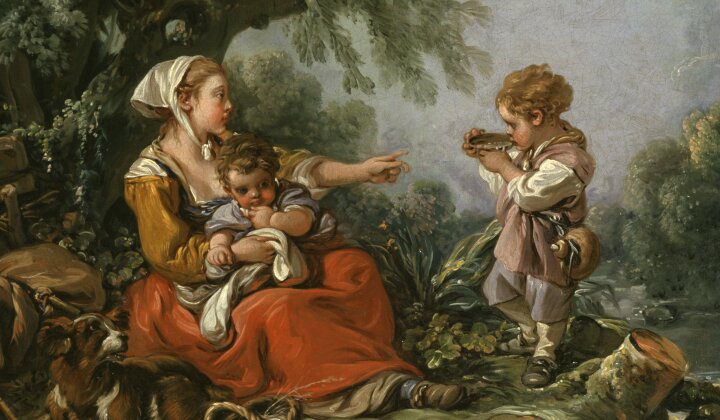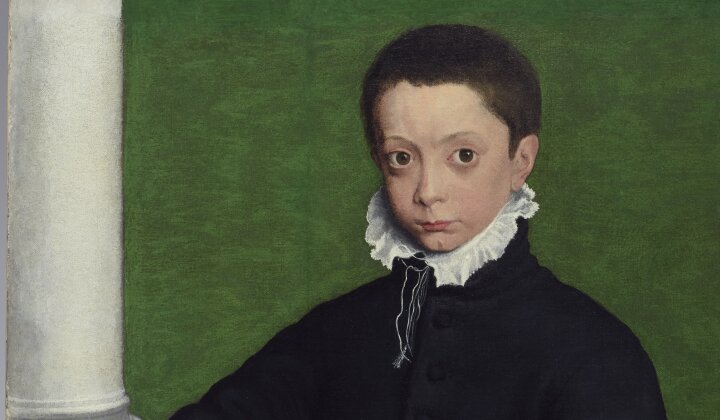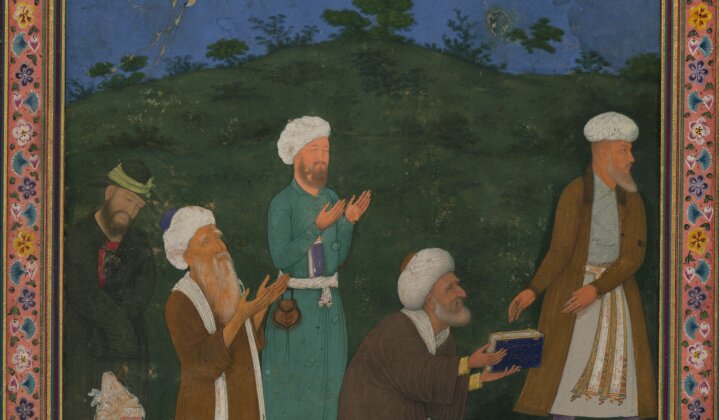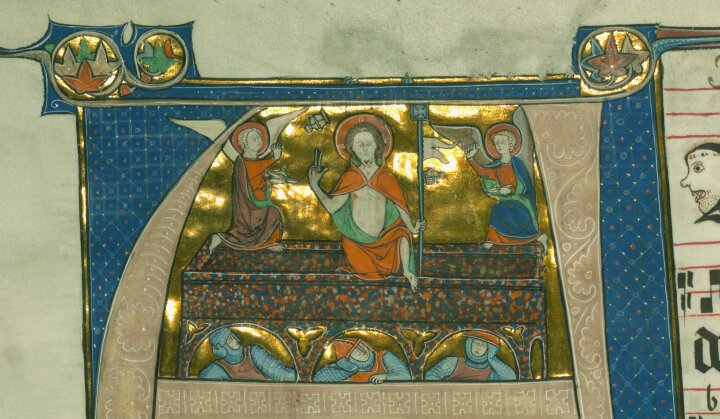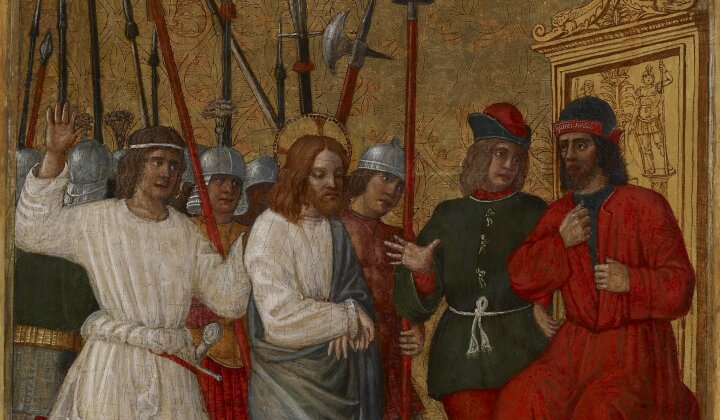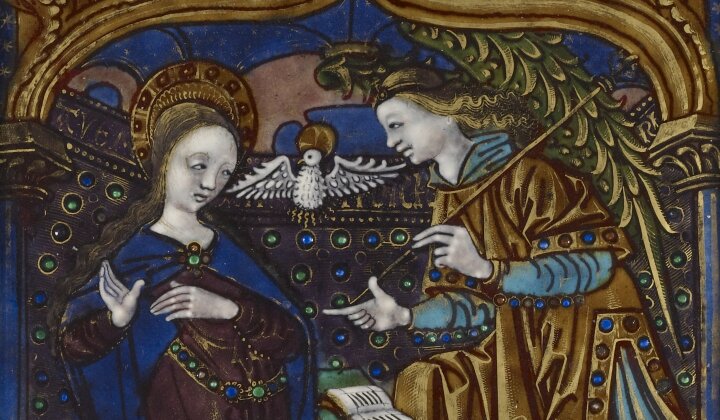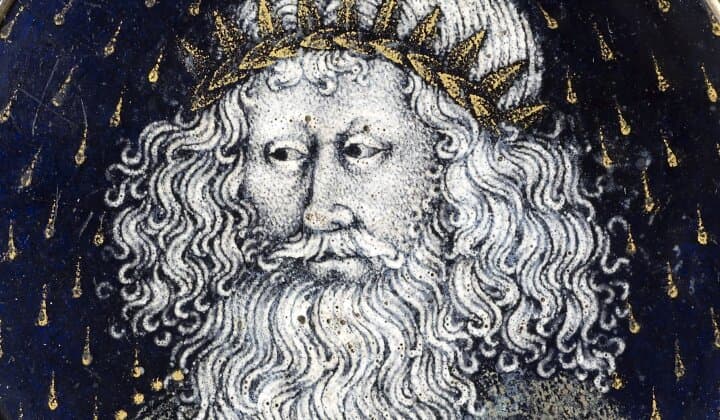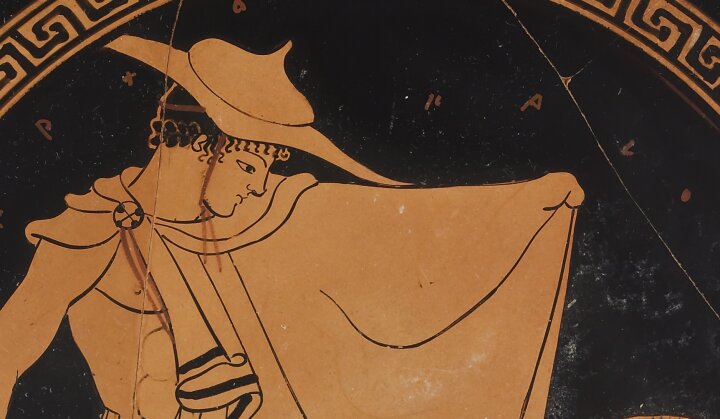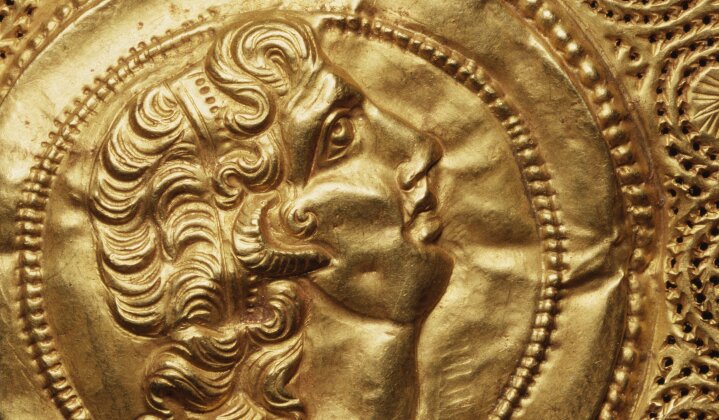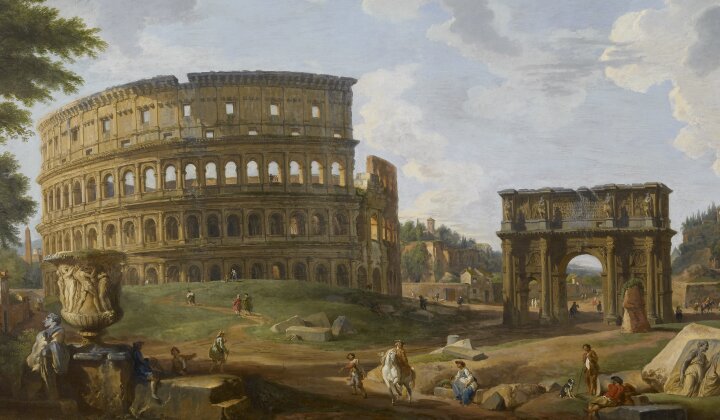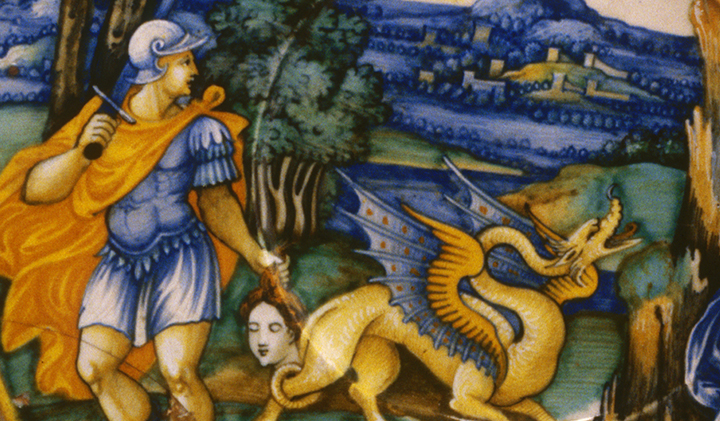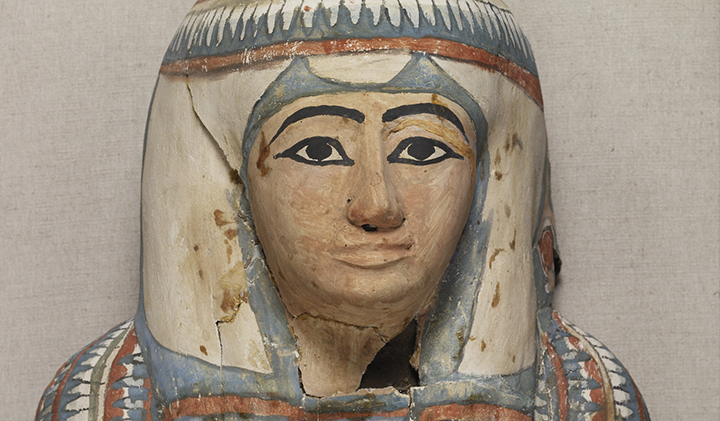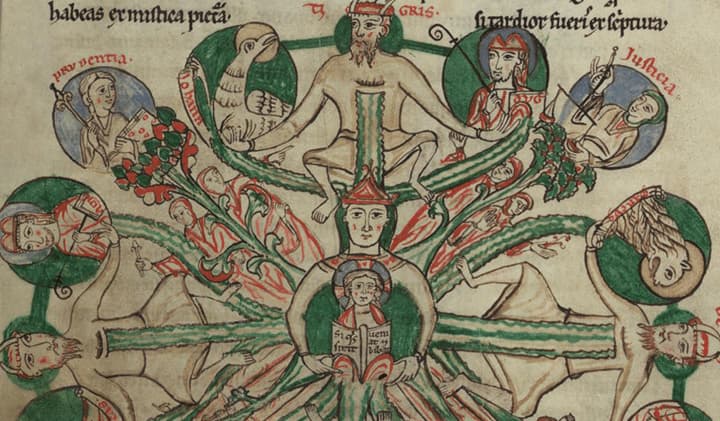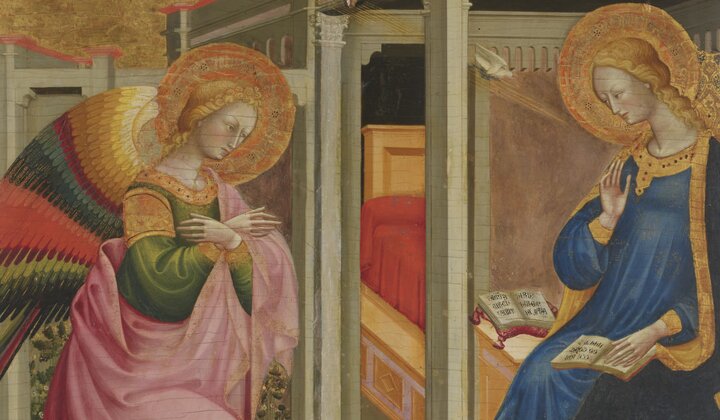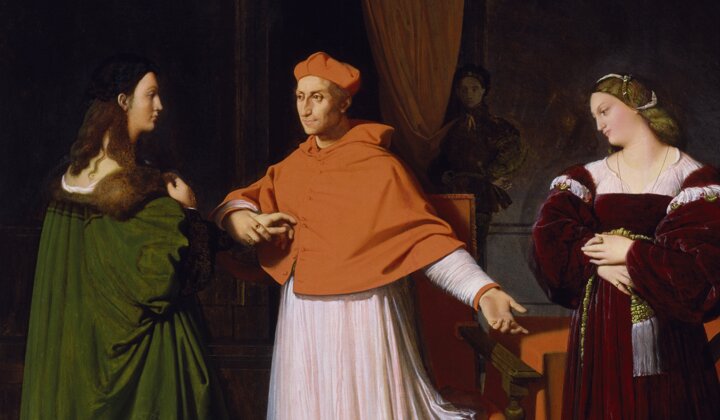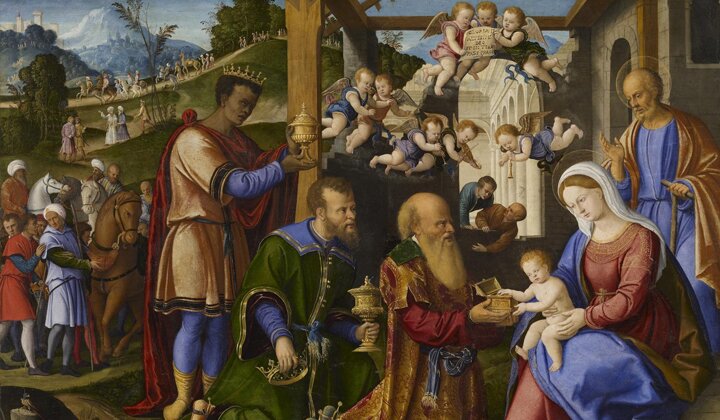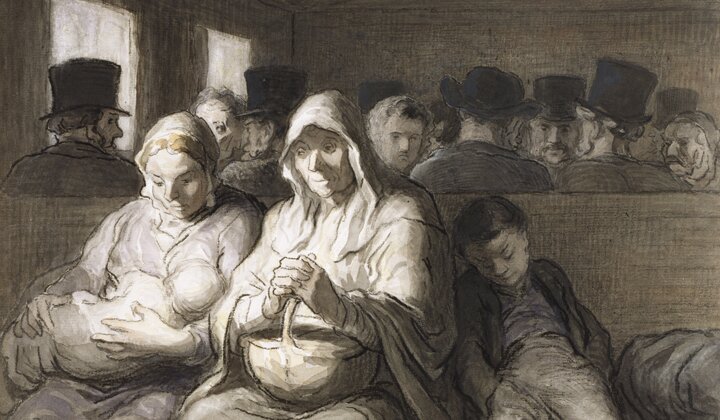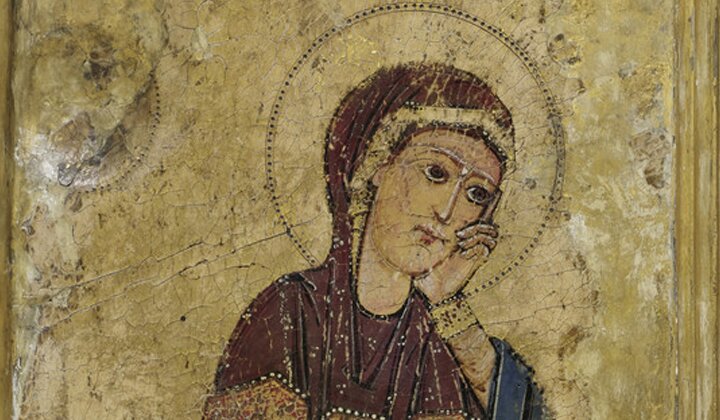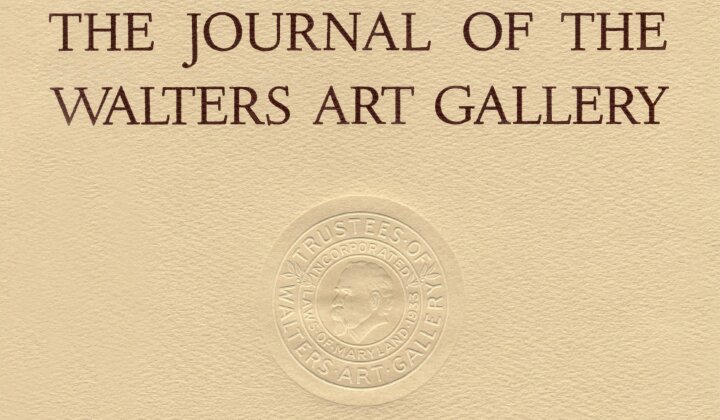Illustrations
Please supply a list of captions for all illustrations with the following information: artist, title or iconography, medium, date, present location (i.e., museum or private collection, city), accession or inventory number.
Dates and numbers
BCE, CE (caps, no periods, rather than BC / AD)
For specific dates, the day follows the month: January 15, 2006
Spell out whole numbers 1–99 and round numbers (a hundred, some two thousand)
Give dimensions in inches followed by centimeters; carry measurements out to one decimal point: 12.5 cm
17 5/8 × 11 7/8 in. (44.7 × 30.3 cm). [note: cm does not take a period]
Italics
Familiar foreign words and phrases (i.e., terms that appear in Webster’s 11th) should be in roman type:
a priori, cause célèbre, élan, facade, in situ, mea culpa, oeuvre, repertoire,
trompe l’oeil.
A full sentence or more in a foreign language should be set in roman type.
Italicize words used as words.
Example:
The term artist is used ironically
Titles of exhibitions and works of art are usually given in italic type; “traditional” names and series titles are given in roman type (not italic) Venus de Milo, the Elgin Marbles, the Rosetta Stone, Cézanne’s Bathers
Capitalization
In titles of publications in English, capitalize the first word, the last word, all nouns, pronouns, adjectives, verbs, adverbs, and subordinate conjunctions. Lowercase articles, coordinate conjunctions, prepositions, and the to in infinitives. Follow these rules regardless of the capitalization used on the book’s title page.
Capitalize specific periods: Archaic, Classical, Hellenistic; Early, Middle, and Late are capitalized when part of a period designation.
Punctuation
Serial comma: a, b, and c [rather than a, b and c]
Use American conventions for quotation marks: “quoted language goes in double quotation marks” “quoted language in ‘the midst of’ a quotation goes in single quotation marks.”
Citations
Generally
Refer to The Chicago Manual of Style 17th edition for documentation rather than author-date system; examples are given below:
Include place of publication (state or country if needed to distinguish cities with same name: Cambridge, Mass., but Cambridge alone is assumed to be UK).
Books, single author
Henri Dorra, The Symbolism of Paul Gauguin: Erotica, Exotica, and the Great Dilemmas of Humanity (Berkeley: University of California Press, 2007).
Abbreviated on subsequent reference:
Dorra, The Symbolism of Paul Gauguin, 200–204.
Books, multiple authors
Salima Ikram and Aiden Dodson, The Mummy in Ancient Egypt: Equipping the Dead for Eternity (New York: Thames & Hudson, 1998).
Abbreviated on subsequent reference:
Ikram and Dodson, The Mummy in Ancient Egypt, chap. 3
Books, edited (e.g., conference proceedings or exhibition catalogues)
Angeliki Laiou and Roy P. Mottahedeh, eds., The Crusades from the Perspective of Byzantium and the Muslim World (Washington, DC: Harvard University Press, 2001).
Arthur Wheelock, ed., The Paintings of Gerrit Dou, ca. 1613–1675, exh. cat., National Gallery of Art, Washington (New Haven: Yale University Press, 2000).
Dissertations
Dusan Korac, “The Political Ideology of Serbian Emperors: A Survey of Serbian Imperial Charters” (PhD diss., University of Maryland, 1998).
Essay or chapter in an edited volume
Stephen Bann, “Reassessing Repetition in Nineteenth-Century Academic Painting: Delaroche, Gérôme, Ingres,” in Eik Kahng, ed., The Repeating Image: Multiples in French Painting from David to Monet (Baltimore: Walters Art Museum, 2007), 15–49.
Article in a journal
William E. Mierse, “The Architecture of the Lost Temple of Hercules Gaditanus and Its Levantine Associations,” American Journal of Archaeology 108 (2004): 545–75.
Short citation: Mierse, “The Architecture of the Lost Temple of Hercules Gaditanus,” 566–67.
Newspaper article
John Noble Wilford, “Mapping Ancient Civilization, in a Matter of Days,” New York Times, May 10, 2010 [omit pages, even if known: presumption is that major newspapers are online]
Electronic sources
Scott Allan, “Gustave Moreau’s ‘Archaeological Allegory,’” Nineteenth-Century Art Worldwide 8, no. 2 (Autumn 2009), http://www.19thc-artworldwide.org/autumn09/gustave-moreaus-archaeological-allegory
Christopher Plumb, “‘Strange and Wonderful’: Encountering the Elephant in Britain, 1675–1830,” Journal for Eighteenth-Century Studies 33, no. 4 (2010): 525–43, https://doi.org/10.1111/j.1754-0208.2010.00321.x.
Letters and Archival Documents
Letter in an archive
Germain Seligman to Philippe Verdier, April 23, 1964, Folder 14, Box 104, Museum Correspondence, Walters Art Gallery, 1962–1976, Walters Art Museum Archives, Baltimore
Document in curatorial files
Conservation Examination Report, January 27, 2012, The Walters Art Museum, Baltimore, curatorial files, acc. no. 37.2931.
Reference to large categories of documents
Jacques Seligmann & Co. records, 1904–1978, bulk 1913–1974, Archives of American Art, Smithsonian Institution, Washington, DC, www.aaa.si.edu/collections/jacques-seligmann–co-records-9936
Stock Catalogs, New York Office: Inventory nos. 1–108 and 423–695, ca. pre-1923, Jacques Seligmann & Co. records, 1904–1978, bulk 1913–1974, Series 6: Inventory and Stock Files, 1923–1971, undated, Box 279, Folder 1, Archives of American Art, Smithsonian Institution, Washington, DC, www.aaa.si.edu/collections/jacques-seligmann–co-records-9936
